Also had a question Monday sent in by NCL web reader Nancy Maxson about the Perseid meteor showers:
“Hi Tommy!
Say, when’s the best time to view the coming Perseid shower this year?
I’ve heard anywhere from 9 pm to not before 3 am.
And what’s the weather forecast for viewing, cloudy or worth the trip up to
the parkway? Thanks and enjoy!
Nancy”

Stefan Seip took this picture over Riedseltz, France. The image shows the Milky Way in the Cepheus and Summer Triangle region. It shows also 6 Perseids and one Non-Perseid meteor. August 12/13, 2005 22:32 - 1:28 UT. Camera: Canon EOS 20Da, tracking the stars. Lens: Canon EF-S 10-22mm @ 11mm f/4 ISO 1600. Exposure time for the background: 10x 2 minutes. Credit: Stefan Seip. Courtesy www.space.com
Well, Nancy with a little research here’s what I have found out from an article on www.space.com last night:
“The best time to watch, regardless of your location, is from 2 a.m. to dawn local time, but the best seats will be in the western half of North America where dark skies coincide with the peak activity.
The Perseids get their name from the constellation Perseus, from which they tend to emanate like spokes from the hub of a wheel. The meteors can make their appearance anywhere in the sky, however.”
The absolute peak was this morning on the 12th, but don’t let that disappoint you, there’s still some mornings left to view the showers that will continue over the next several early mornings.
The BRP is a great location to view from because you get away from any light noise, but if you have a rural location away from lights here in the valley, you should still be in great shape! The weather for the next couple of nights should be very good for viewing!
Good luck Nancy, and thanks for the question!
http://www.nelsoncountylife.com/index.php
http://www.nps.gov/shen/naturescience/unatural_light2.htm

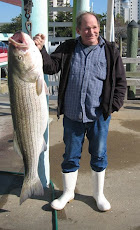



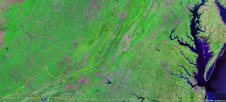
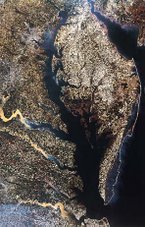





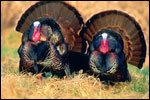

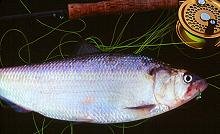



No comments:
Post a Comment